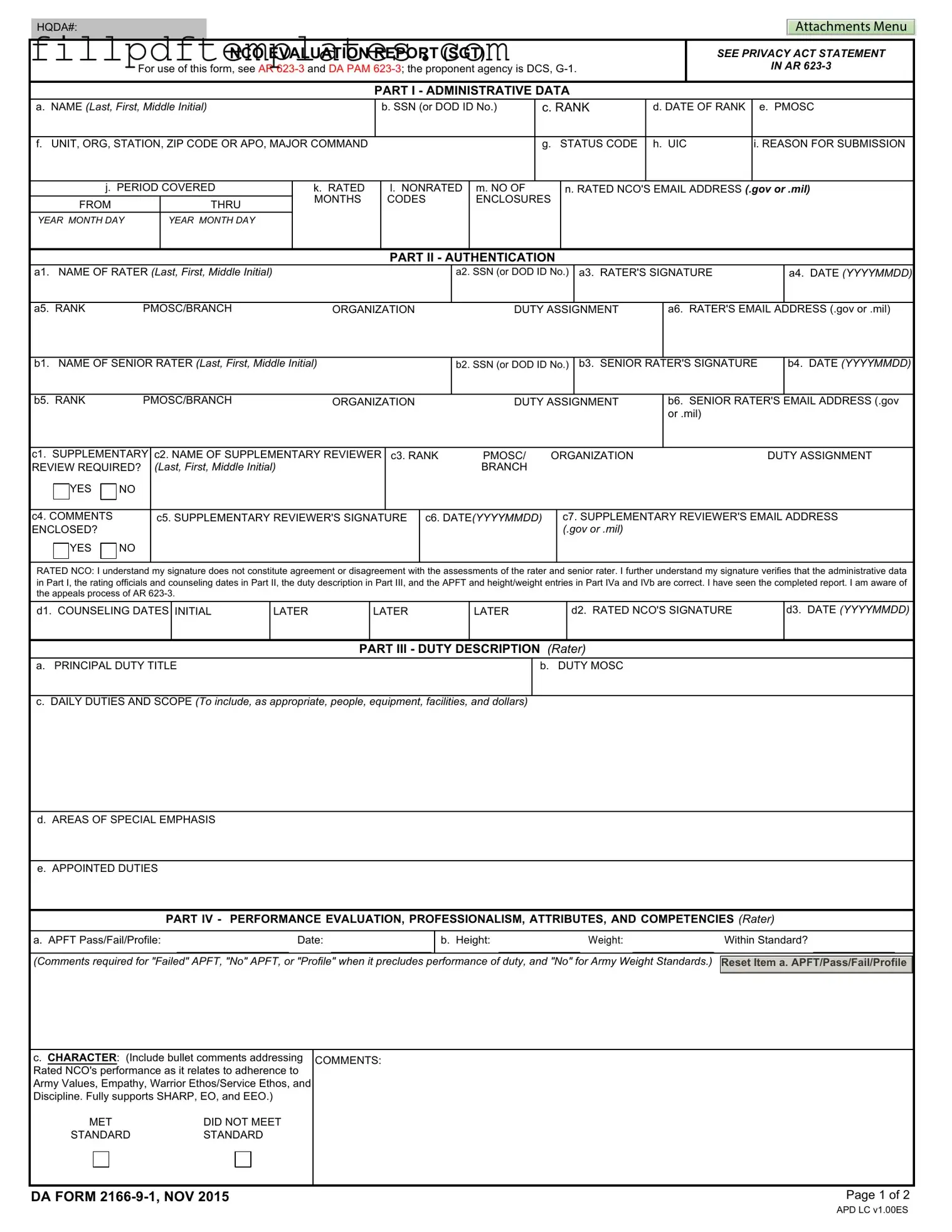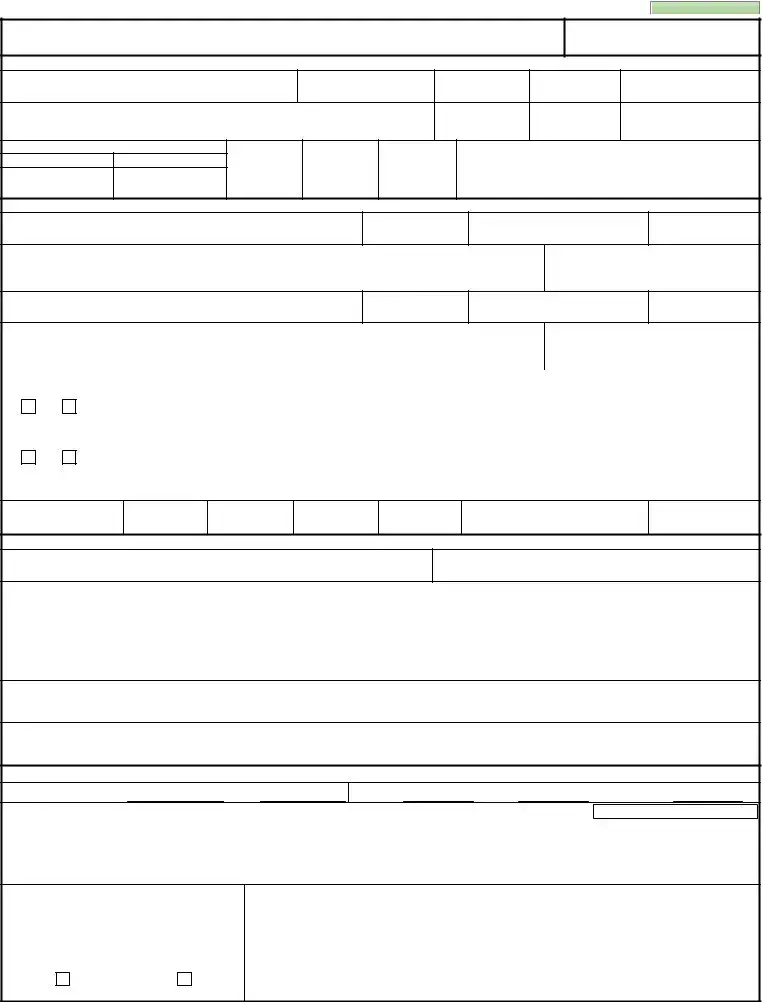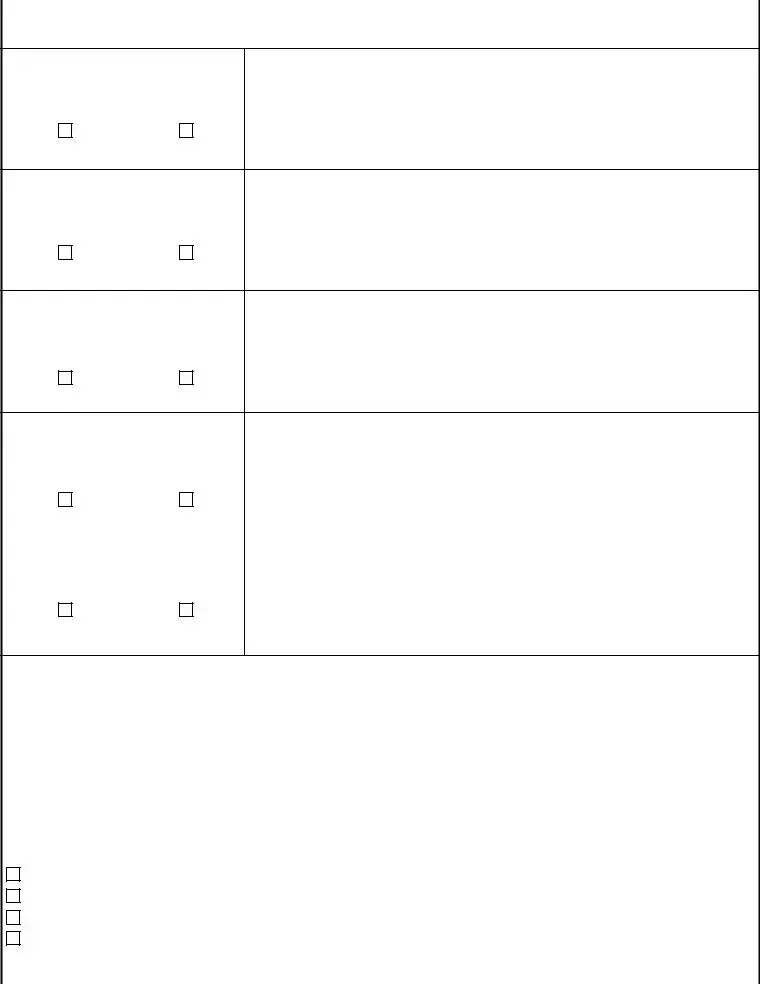The DA Form 2166-9-1 is a crucial document used within the United States Army to evaluate the performance of Non-Commissioned Officers (NCOs) at the rank of Sergeant. This evaluation report serves multiple purposes, including assessing an NCO's professional attributes, competencies, and overall potential for future assignments. The form is divided into several sections, starting with administrative data that captures essential information such as the NCO's name, Social Security Number (or DOD ID), rank, and unit details. It also includes a section for authentication, where the rater and senior rater provide their signatures and confirm their assessments. The performance evaluation section is particularly significant, as it encompasses various categories such as character, presence, intellect, leadership, development, and achievement, allowing for a comprehensive overview of the NCO's capabilities. Additionally, the form requires the rater to provide comments and insights that reflect the NCO's adherence to Army values and standards. The senior rater then assesses the NCO's potential compared to peers, further influencing career progression. Understanding the nuances of the DA Form 2166-9-1 is essential for both NCOs and their evaluators, as it plays a pivotal role in the Army's performance evaluation system.


